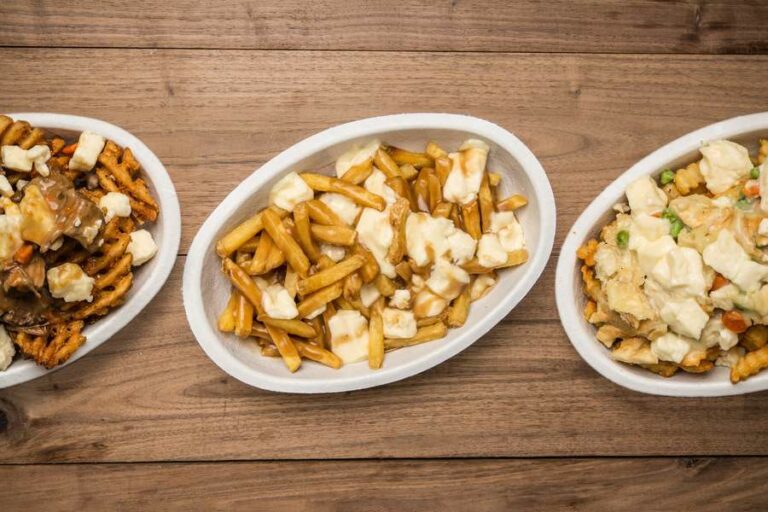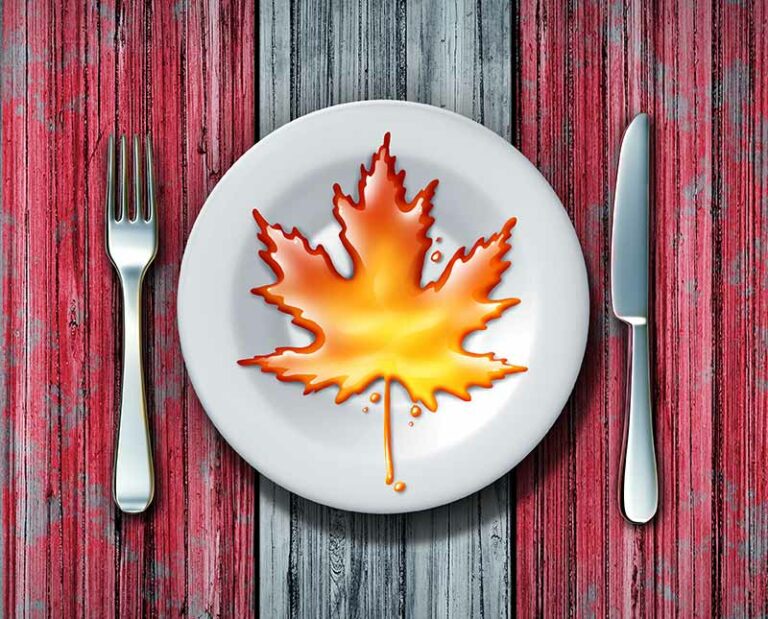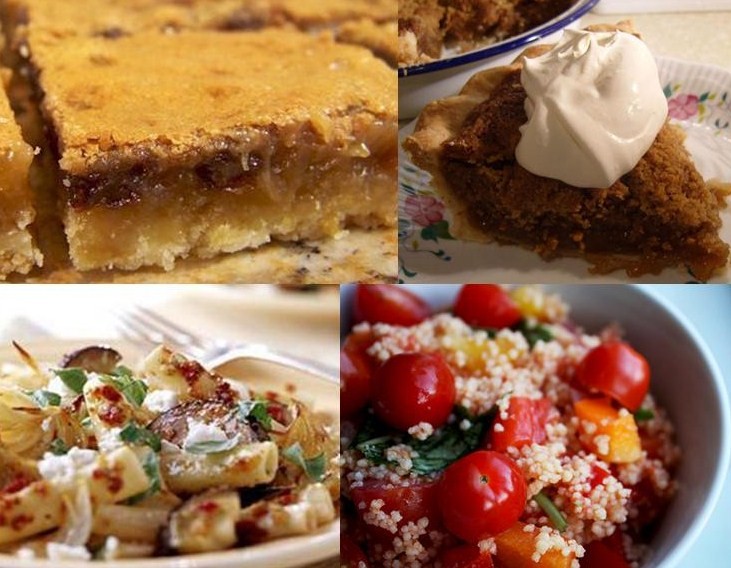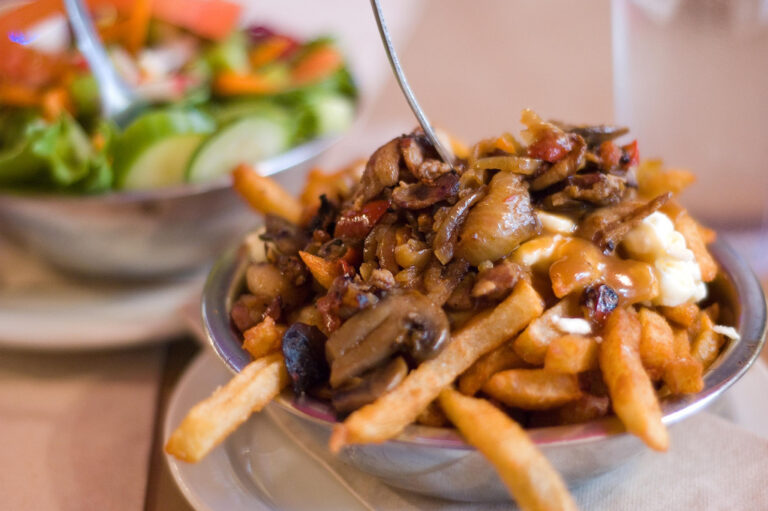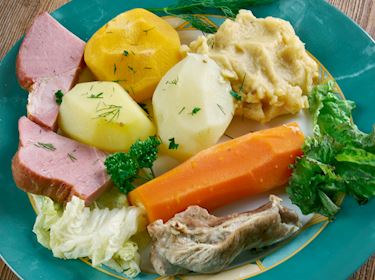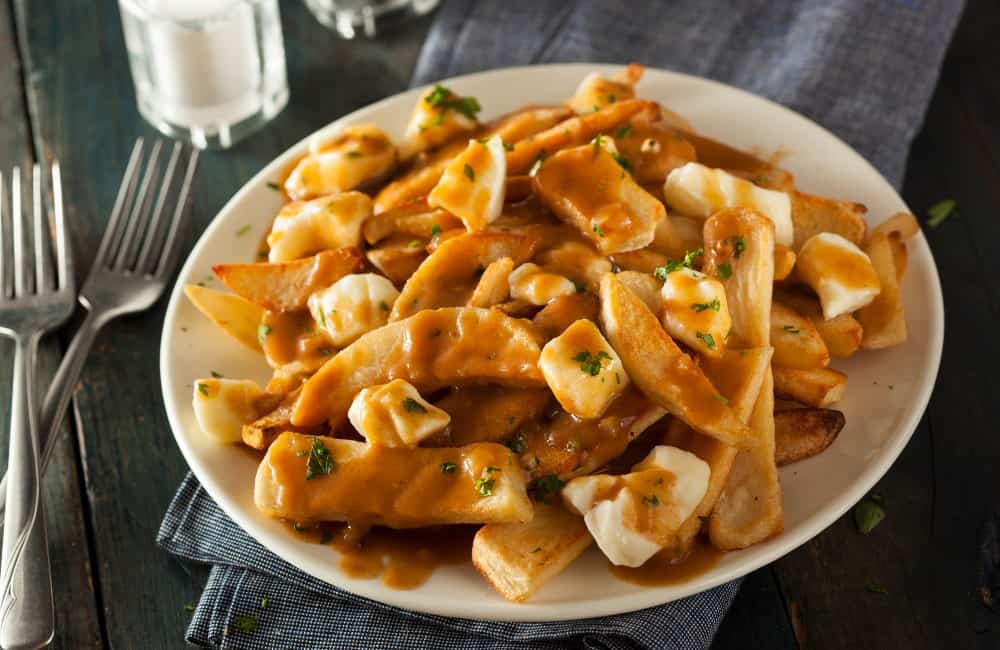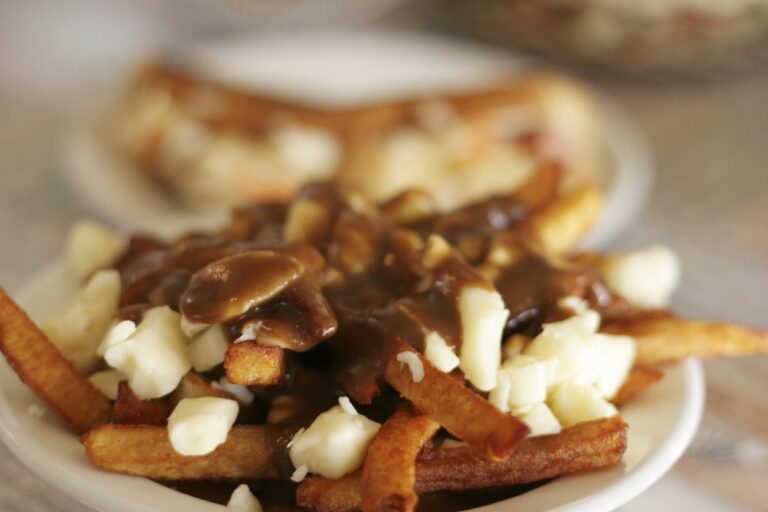Introduction
When it comes to cuisine, Canada may not be the first country that comes to mind. However, Canada has a diverse culinary scene that is reflective of the country’s history and multiculturalism. Canadian cuisine is known for its unique blend of Indigenous, French, British, and multicultural influences. In this article, we will explore the various aspects that make Canadian cuisine distinct and iconic.
Indigenous Roots
Indigenous cuisine is an integral part of Canadian cuisine. Indigenous people have been living in Canada for thousands of years, and their food culture has a deep connection to the land. Traditional Indigenous food includes bannock, pemmican, wild game, and fish. These foods are often prepared using traditional methods such as smoking, drying, and curing. Indigenous cuisine has become increasingly popular in recent years, with many restaurants featuring Indigenous-inspired dishes on their menus.
French Influence
French cuisine has had a significant impact on Canadian cuisine, especially in the province of Quebec. French-Canadian dishes such as poutine, tourtière, and maple syrup pie are iconic Canadian dishes that have become popular worldwide. French cuisine also influenced the way Canadians prepare certain foods, such as the use of butter in baking and the creation of dishes such as croissants and bagels.
British Influence
British cuisine has also shaped Canadian cuisine, particularly in the form of pub fare. Fish and chips, shepherd’s pie, and roast beef are all popular dishes in Canada that have originated from British cuisine. In addition, tea is a popular beverage in Canada, which is a legacy of British influence.
Multiculturalism
Canada’s multiculturalism is reflected in its cuisine. Canada is home to people from all over the world, and this has resulted in a variety of global cuisines being available in Canadian cities. Chinese, Indian, Italian, and Mexican cuisine are just a few examples of the many international foods that can be found in Canada.
Regional Specialties
Canada’s vast landscape has resulted in regional specialties across the country. In the Maritimes, seafood such as lobster and scallops are popular. In the Prairies, beef is a staple, and in Quebec, cheese and maple syrup are integral to the cuisine. In British Columbia, salmon is a popular dish, and in the North, game meat such as caribou and muskox are commonly consumed.
Iconic Dishes
Canada has many iconic dishes that are synonymous with Canadian cuisine. Poutine, a dish of French fries, gravy, and cheese curds, is perhaps the most well-known Canadian dish. Other iconic Canadian dishes include tourtière, butter tarts, and Nanaimo bars. These dishes are often associated with Canadian holidays and celebrations.
Conclusion
Canadian cuisine is a unique blend of Indigenous, French, British, and multicultural influences. From regional specialties to iconic dishes, Canadian cuisine is a reflection of the country’s history, landscape, and people. Canada’s diverse culinary scene has something to offer for everyone, and it is definitely worth exploring for anyone interested in trying something new and delicious.



